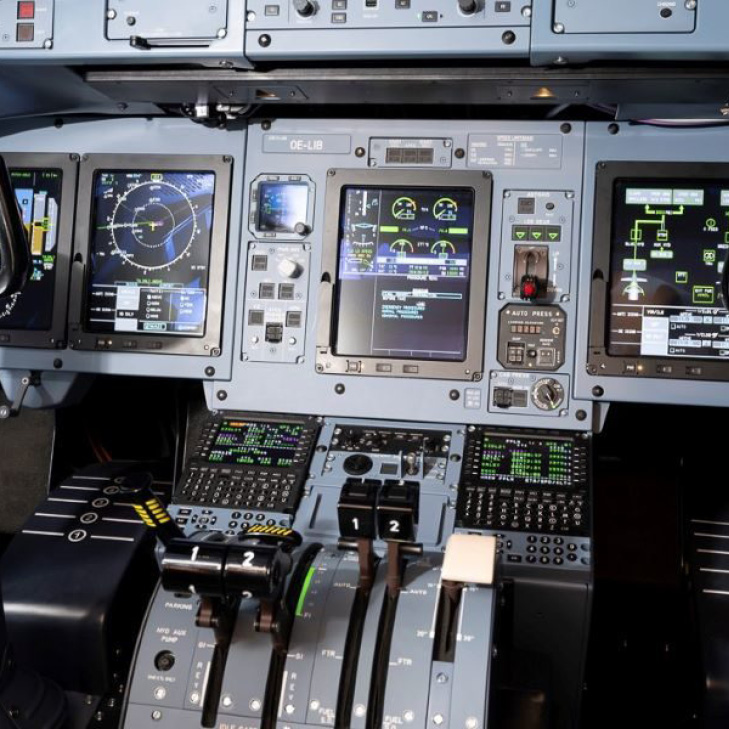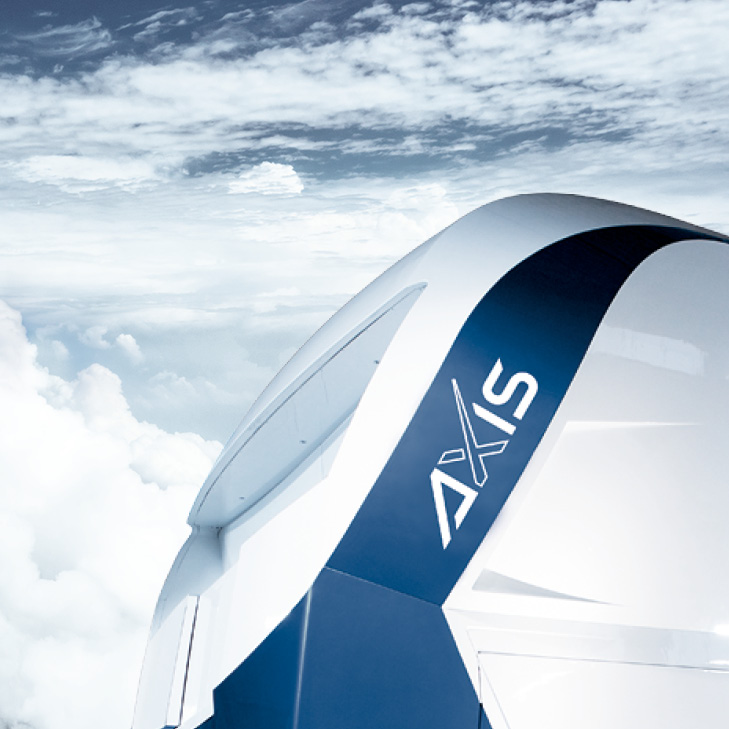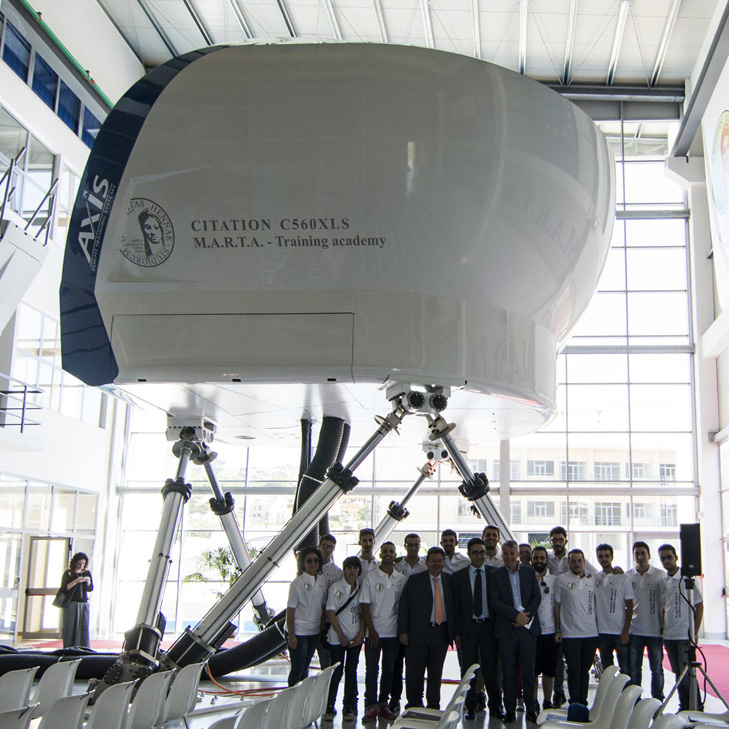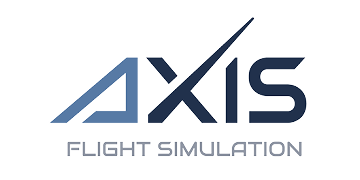
AXIS DELIVERS ATR 72-600 FFS – HALLDALE MEDIA
21. January 2021
FFS HELPS UNIVERSITY STUDY HUMAN FACTORS – HALLDALE MEDIA
7. April 2021
AXIS DELIVERS ATR 72-600 FFS – HALLDALE MEDIA
21. January 2021
FFS HELPS UNIVERSITY STUDY HUMAN FACTORS – HALLDALE MEDIA
7. April 202126. March 2021
INVESTIGATING THE HUMAN FACTOR IN SICILY
Investigating the Human Factor in Sicily
Lebring, Austria, 24 March 2021. Why would a Sicilian university want a full flight simulator? Aren’t those for training at flight schools? What’s it doing at a university?
In 2015 Kore University in Enna, Italy opened a research facility devoted to the human factor in aviation, and an Axis Level D full flight simulator is a big part of it. Professors and students use it to study pilot behavior, including biometrical parameters, under normal and abnormal conditions in order to analyze the pilot workload during flight activities. They can also study cabin comfort and its effect on performance by varying the ambient parameters.
Uniquely well equipped
Such studies are key to improving aviation safety, and the University of Enna Kore is one of the few educational institutions equipped to do them. The Mediterranean Aeronautics Research & Training Academy – otherwise known as the M.A.R.T.A Center – hosts teaching and research activities for degree courses in Aerospace Engineering, and is the first laboratory in Europe with a full flight simulator for research on the human factor in aviation. The AXIS Level D simulator replicates the CESSNA Citation C560 XLS, and the Center also has an FNPT-MCC II static simulator of the EC-135 twin engine helicopter.
A win-win
This acquisition has been a great benefit to the university. As one of the few educational institutions provided with such a research tool, it has naturally benefited from media attention. More importantly, the FFS allows Kore University to do extensive research on the human factor in flight. Last but by no means least, it gives students the opportunity to do advanced degree work in close contact with pilots and professors, studying pilot stress in a environment that is very close to the real thing.
Flight simulators are clearly very useful for research, but because of their high purchase and operating costs they need to generate revenue, and so are normally used exclusively for training. This university installation is thus a unique and highly appreciated tool for improving aviation safety. It’s also a win for Axis. Since the Kore simulator is not certified, Axis can use it as a test bed for software development and upgrades, without constraints from aviation authorities.
A pioneering move
Andrea Alaimo of the Faculty of Engineering and Architecture has had nothing but praise for the collaboration with Axis: “They have shown themselves to be a great manufacturer, with constant support starting from the first stage of construction up to now.” Getting the simulator to the site was a challenge in itself. The road clearance coming onto the site was not quite sufficient for the very big box the sim came in, so for about 300 meters an excavator had to be called in to clear the way. Dr. Alaimo adds, “from my experience I think that the construction, commissioning, and installation of a flight simulator have to be one of the most demanding human activities there is.”
Going forward, Kore University plans to enhance its activities around the simulator by joining a European research program on aviation safety. A possible future step is also the certification of the simulator in order to study pilot behavior during real training sessions.
So it turns out that a flight simulator very much has a place on campus. Axis is proud to help Kore University in sunny Sicily contribute to improving aviation safety.


